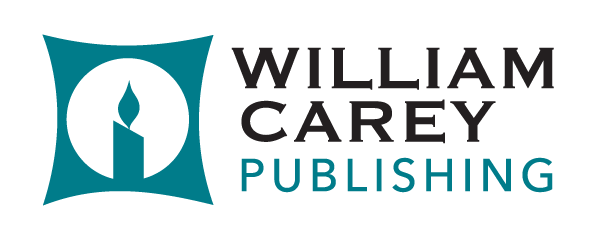William Carey Publishing is always on the lookout for our next great book. We know that the Lord has planted seeds of ideas in the hearts of countless brothers and sisters around the world and, if tended to properly, those seeds might blossom into the next great book. In order to help those of you with ideas take them from inception to written word, and then on to publication, we want to start providing resources for our current authors and our future authors to hone their craft and deepen their knowledge of the publishing industry itself.
With that in mind, WCP invited W. Terry Whalin, author of multiple books on publishing, to share his best tips for getting published.
[Noteworthy mention: WCP fully realizes the limited scope of our publishing mandate and therefore we acknowledge that many books will belong more naturally with other publishers and flourish under their care. However, we hope you will still benefit from these insights.]

5 Key Insights for Getting Published
by W. Terry Whalin
Publishing is constantly changing. Key decision makers are at a certain publishing house for a time and then leave for another place or position. Some publishers have a spiritual formation line, then a year or two later stop and are not publishing that type of work at all anymore. From my years in this business, there are several key insights to help you understand and thrive in the publishing world.
1. Constantly build and maintain relationships.
Often it is who you know that is as important as what you have written. Build a LinkedIn profile and get connected to editors, agents and others in the publishing world. When people move, they take their LinkedIn account with them and you can reconnect with them.
2. Learn the necessary publishing skills.
It’s a combination of your natural storytelling ability and also your skills you learn such as writing a book proposal or a query letter. A query letter is a one page, four paragraph letter where you pitch your idea to a magazine or book editor. Some publications require a query before you can send the article or submit a manuscript. They take some skill and practice to write, but the skills will help you as a writer. To find the details, google “query letter” then read several of these articles and discover the pattern and then repeatedly practice these important skills.
3. Begin with a magazine article instead of a book.
Most new writers begin writing a book. A common word length for a nonfiction book is 50,000 words and for a novel 100,000 words. One of the best ways to test the publishing waters is writing magazine articles which average about 1,200 to 1,500 words (depending on the publication). With the shorter writing, you will reach way more people than most books and get published in the process. It will also help you develop your voice as a writer.
4. Meet an editor’s needs.
Whether you are writing for a magazine or your book has been accepted and you are working with your editor on your manuscript, an author needs to understand that it is their job to give the editor what they need. Often a manuscript will get pushed back with requests to have it start adhering to their writer’s guidelines. The editor tells you in these guidelines exactly what they need pertaining to formatting, styles, in-house rules, etc. Then read them and deliver what the editor needs. It sounds simple, but many people never take this step. If you do, it will make happy editors, ones who want to work with you again in the future.
5. Get rejected and learn from your rejection.
Many writers submit their work a few times, get rejected and give up. These people give up too soon and don’t get published. You will be the exception if you persist and keep looking for the right fit for your writing. There are many different types of writing and publishing opportunities, but as the writer, you have to be persistent and proactive to find the right ones for your writing.
An outstanding resource to consider is The 2020 Christian Writers Market Guide, which includes 150 periodical (magazine) publishers and hundreds of book publishers with detailed information about what they publish and who to contact. This reference book is an essential one for every writer. Each year a lot of the information changes, so get the current guide. Get out there and knock on the door with your pitch or your article or book submission and become a published author. And when it happens, cheer for a brief time—then get to work and do it again and again. It is the repeated actions which will establish your reputation and get you even more writing work.
 W. Terry Whalin is an acquisitions editor at Morgan James Publishing. He has written more than 60 books for traditional publishers including 10 Publishing Myths, Jumpstart Your Publishing Dreams and Book Proposals That $ell. Several of Terry’s books have sold over 100,000 copies. Get the FREE Ebook: 11th Publishing Myth. His blog about the Writing Life has more than 1,500 searchable entries. Terry is an active member of the American Society of Journalists and Authors. He has over 200,000 twitter followers. He lives near Denver, Colorado. Connect with Terry on Twitter, Facebook and LinkedIn.
W. Terry Whalin is an acquisitions editor at Morgan James Publishing. He has written more than 60 books for traditional publishers including 10 Publishing Myths, Jumpstart Your Publishing Dreams and Book Proposals That $ell. Several of Terry’s books have sold over 100,000 copies. Get the FREE Ebook: 11th Publishing Myth. His blog about the Writing Life has more than 1,500 searchable entries. Terry is an active member of the American Society of Journalists and Authors. He has over 200,000 twitter followers. He lives near Denver, Colorado. Connect with Terry on Twitter, Facebook and LinkedIn.


